Effect of diaphragmatic breathing on health
Why are health care professionals so obsessed with diaphragmatic breathing? Alright, a lot of them aren’t but they should be. The way you breath effects way more than your lungs. It can have a huge impact on your respiratory health (lungs) as well as your cardiovascular health (heart and blood vessels) and musculoskeletal health (muscles, bones, and joints), as well as your nervous system (the brain and the nerves that communicate information between the brain and the rest of the body). What?! But how?
The diaphragm is the main muscle responsible for pulling air into the lungs when it contracts, and pushing air out of the lungs when it relaxes. When people get out of the habit of relying on the diaphragm for inspiration (breathing in), they begin to switch to relying more on the accessory inspiratory muscles (the muscles that make your chest expand to allow for more air to enter your lungs). These muscles are really only meant to be used in instances when our bodies are working hard. Things like poor posture and anxiety (more on that to come) can cause your brain to decide that it needs to make sure that these accessory muscles turn on during normal breathing. The brain does this subconsciously (without you noticing it). Over time, this contributes to the muscles in your chest tightening up, rounding your shoulders forward, and causing your head to rest in a more forward position. This impacts the curvature of the spine and causes certain muscles to have to work harder to hold the head and body up straight, which can lead to upper back and neck pain, as well as shoulder dysfunction.
Another thing that happens when the accessory muscles kick in is an increased release of cortisol (a hormone that has a far-reaching impact on overall health) in the system. The release of cortisol in the system heightens our senses, which comes in handy when dealing with stressful situations ie getting chased by an angry dog. This is okay for short periods of time, for example, when exercising. However, when we switch to primarily using accessory muscles instead of the diaphragm for rest or normal activity, our cortisol levels become chronically elevated, negatively impacting cardiovascular health and increasing the time it takes your body to heal. It also increases feelings of anxiety, which can end up reinforcing the use of accessory muscles for breathing. It ends up creating a seemingly endless loop of poor respiratory patterns, increased anxiety, and declining overall health.
So how do we prevent this from happening, and if it’s already happened, how do we fix it? We teach the brain to stop recruiting accessory muscles for normal breathing, and to instead focus the body’s energy on the diaphragm. Watch this short video for easy steps you can take to get this process under way.
